
Through the examination and feedback of the usability of the past prototypes, the patients showed a trend in which they are not expecting any fancy features. Instead of the additional features, the request was to make the prosthesis close in aesthetically and functionally to what their original hand was.
The main objective was to keep it low profile so the existence of the hand will be unrecognizable compared with the other hand. Therefore, functionalities that were on the past prototypes
such as the finger joints were reduced from DIP, PIP, and MP to PIP and MP.
This reduction in functionality of the joints has allowed the fingers to not have an awkward movement when actuated.
Another major change from the past prototypes was the driving source of the fingers to retract. Originally, micro servos were used to drive the fingers. Although it was able to actuate the fingers, the strength of the fingers was below the expectation that patients had thought. Furthermore, due to its feature where servos try to maintain their set angle, it created a buzzing sound of adjusting its angle. This increased the usage of power and sound which will attract others' attention.
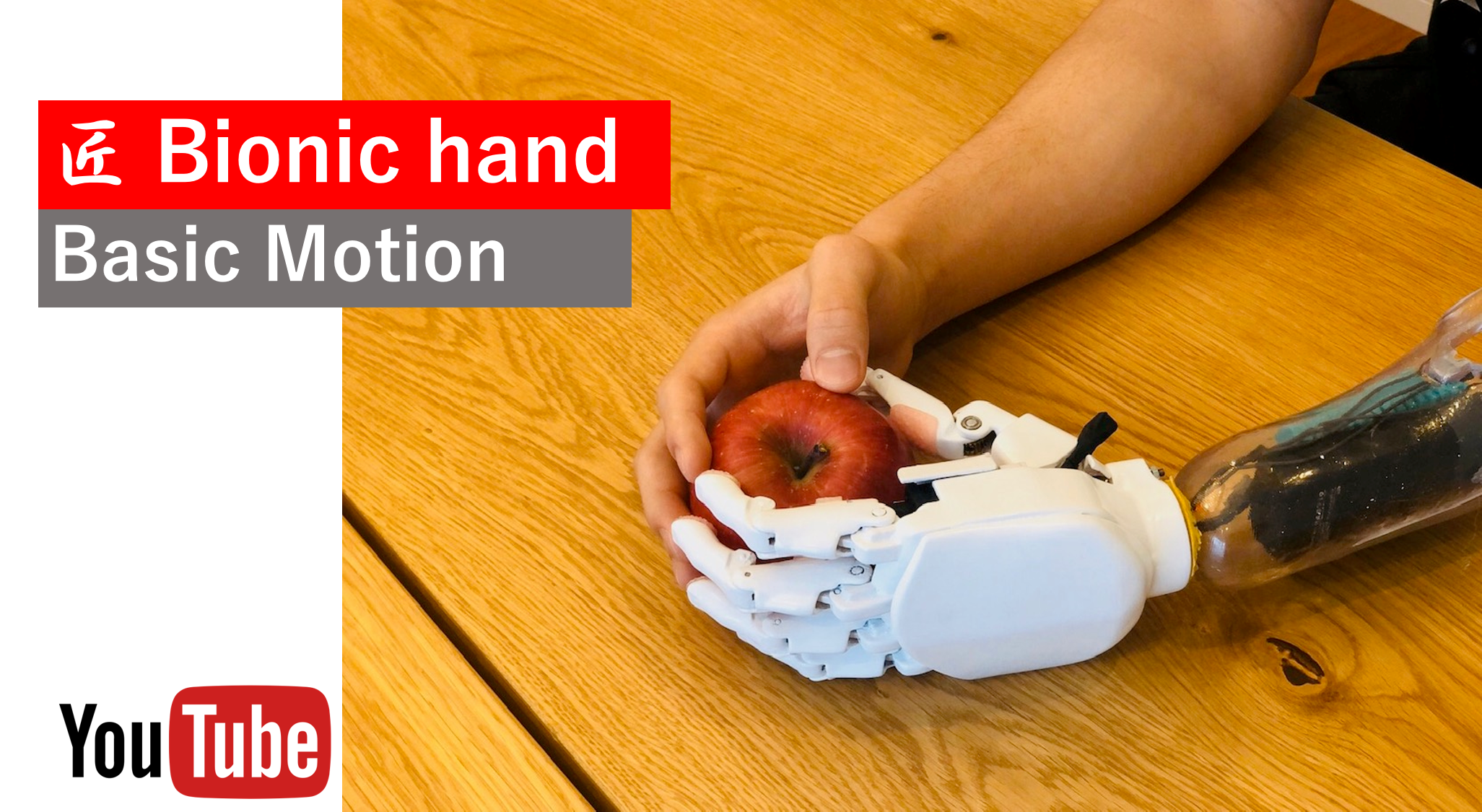
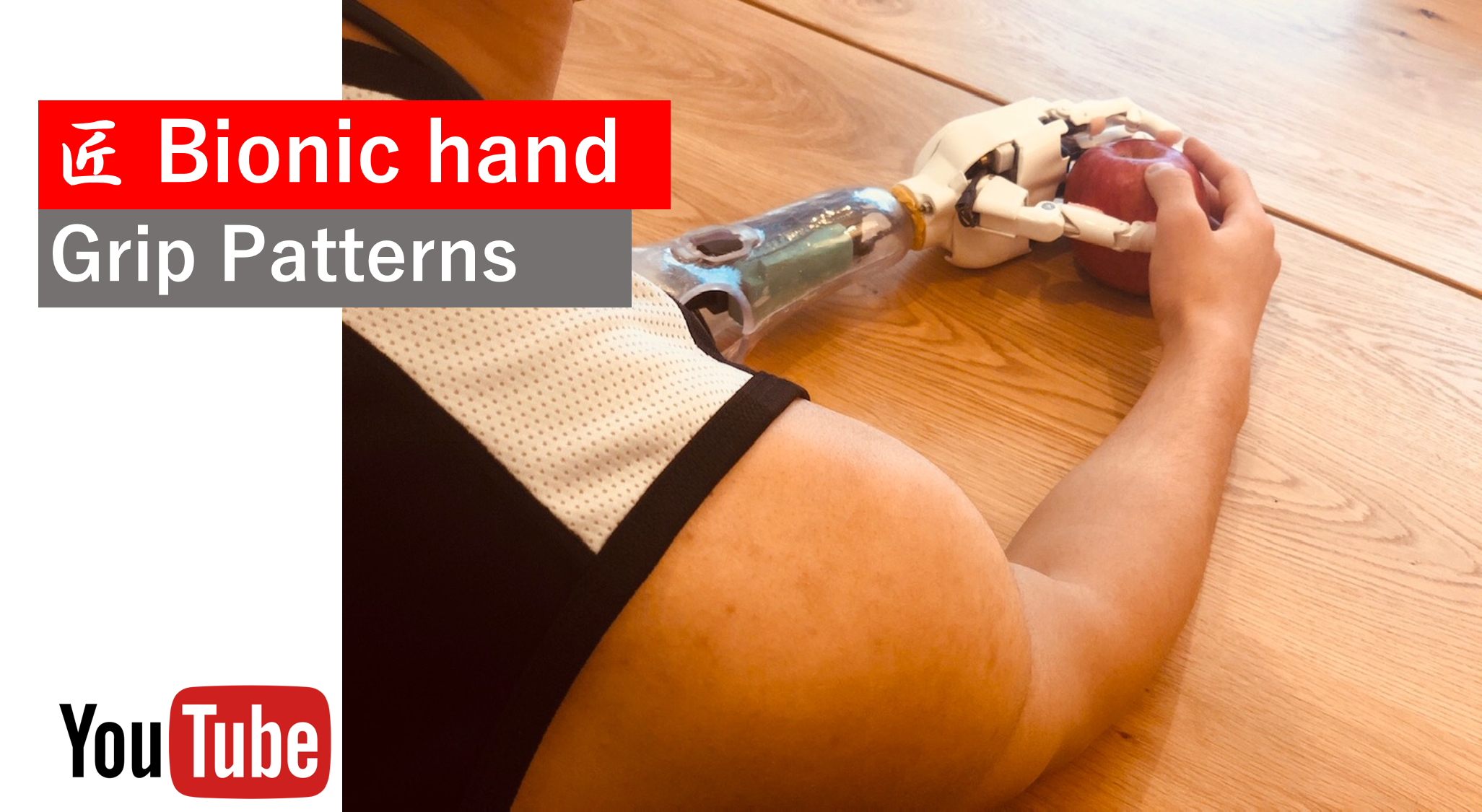
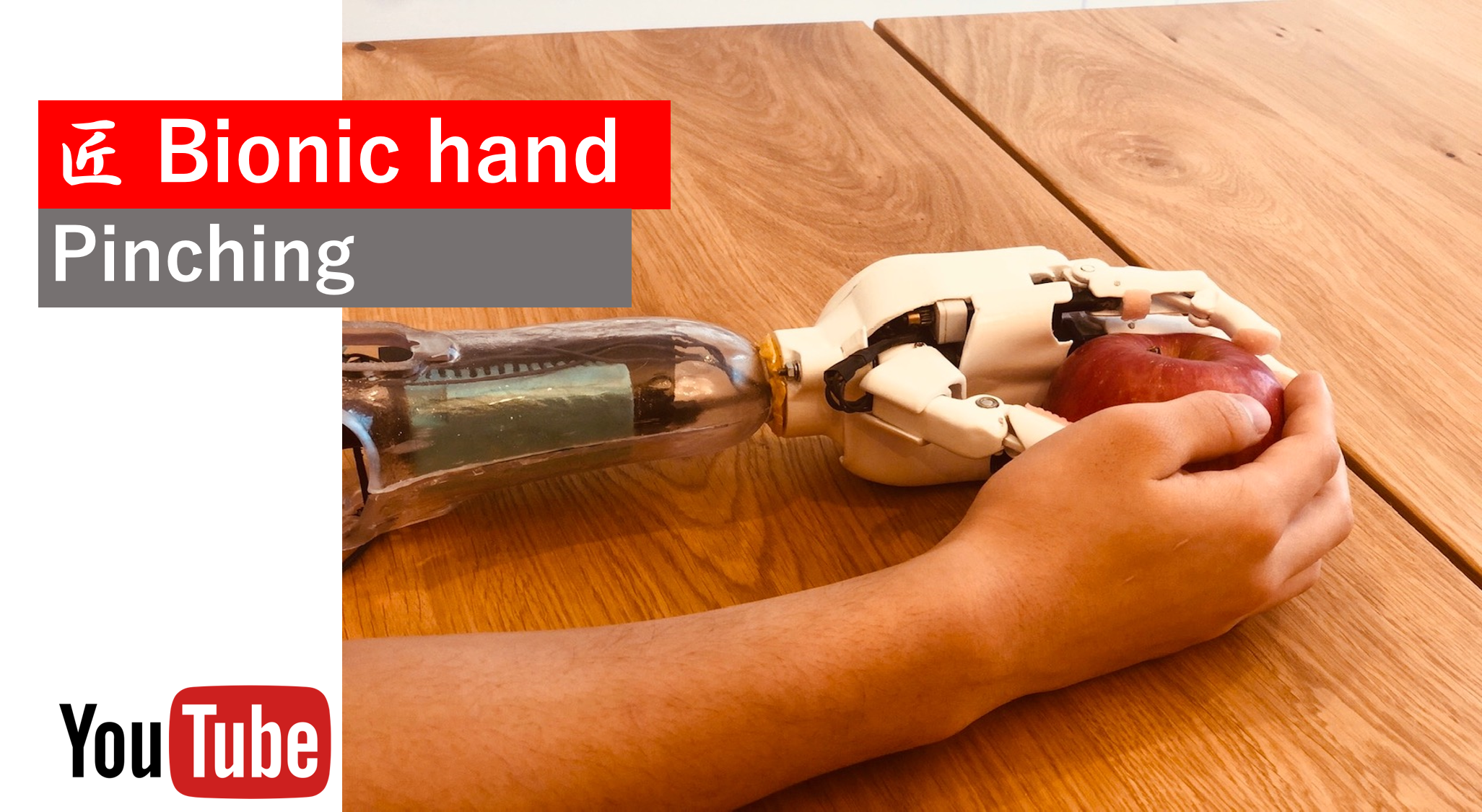
The solution was to implement a microactuator for individual fingers instead of micro servos. The benefits would be the increase in the strength, noise reduction, and reduction in extra power to maintain its position. Although implementing the actuator will be beneficial, it had a side effect that cost more compared to the micro servos. Therefore, I have created an original microactuator.
The creation of the microactuator has benefitted in a reduction in the thickness and length of the palm to the average male hand. Furthermore, the implication of the actuator has increased the strength of the fingers. Although the power produced was not enough to be used in daily life, we also had to maintain the actuation speed. Due to the nature of the motor, as it rotates fast, the strength will be decreased. Therefore, the equilibrium of the strength and the speed had caused the capability of the actuator to be limited.
Although the problem of the actuators could be solved by utilizing expensive motors, my main objective of this project was to keep it cheap as possible for easily purchasable purposes. To solve this issue,
I have experimented variety of gear ratios that will still maintain a decent speed but has some torque which was applied to the next prototype.
Another improvement was the accessibility to the actuators in the prosthesis. This prototype's actuator is directly soldered to the microcontroller.
This eliminates the purpose of the easily accessible hand thus, in the next prototype, the actuator needs to be modular like the micro servos, and for the cable, will be utilizing a flex cable for easy attachment.
My interest in creating a 3D printed prosthesis has begun back in 2019. At the time, my curiosity and enthusiasm towards creating cool things that others could not be what I was seeking.
Therefore, when I saw the be-bionic prosthetic hand, I had the immediate shiver that I have to create something more awesome than that! From that, m interest in creating a cooler prosthesis
has sprouted. Another solid intention I had was how to make the world better with what I have thus, creating prosthesis will be both interesting and meaningful for society.
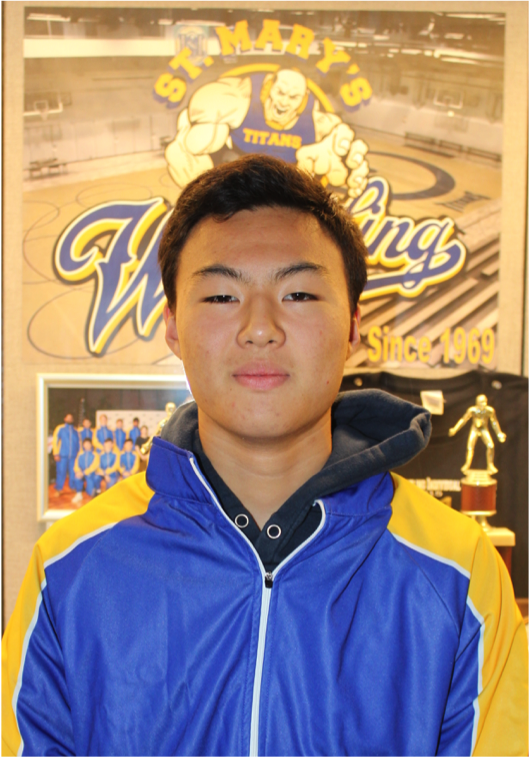
Hikaru Shimada
Student at St.Mary's International School in Tokyo, Japan.
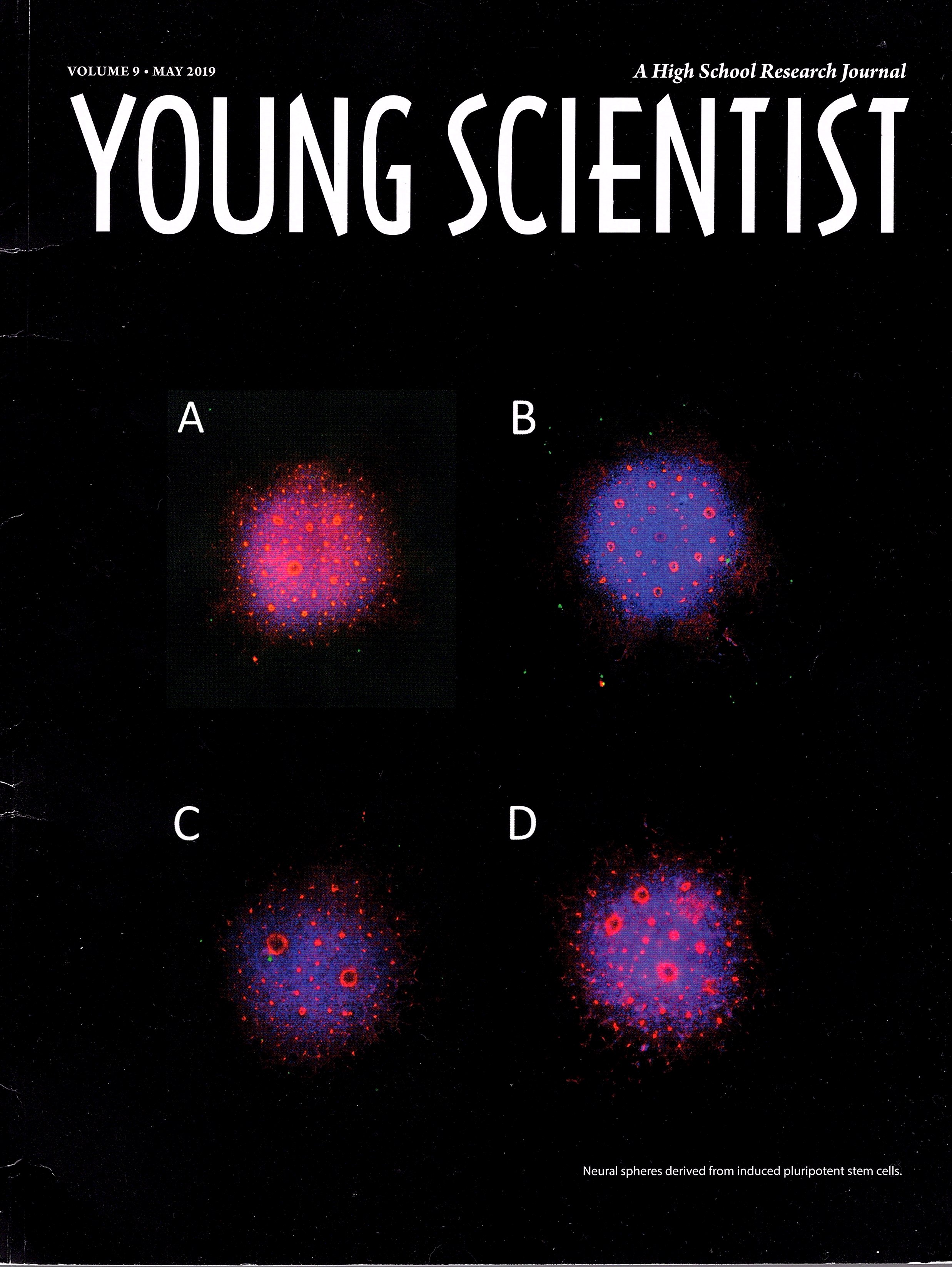

The research was conducted during 8th grade summer and the article was written during my high school freshman year (2019). This was then published on the Young Scientist Journal Vol.9 MAY 2019 60-62 hosted by Vanderbilt University.

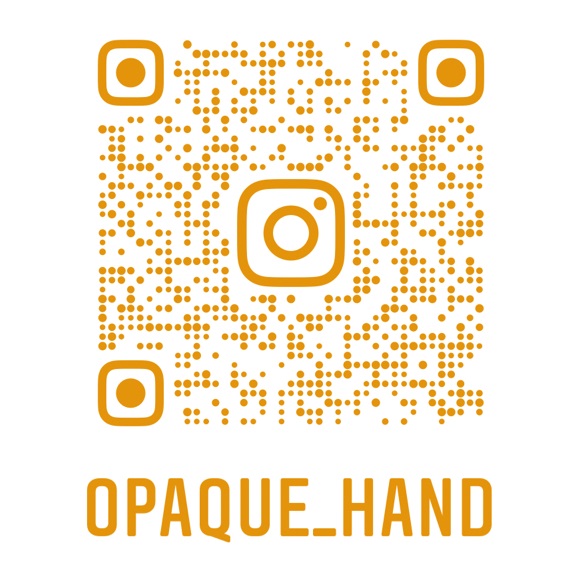
On my instagram, I often upgrade when I have added new features or post a short story of experimenting the new features!
Follow to get the newest update!
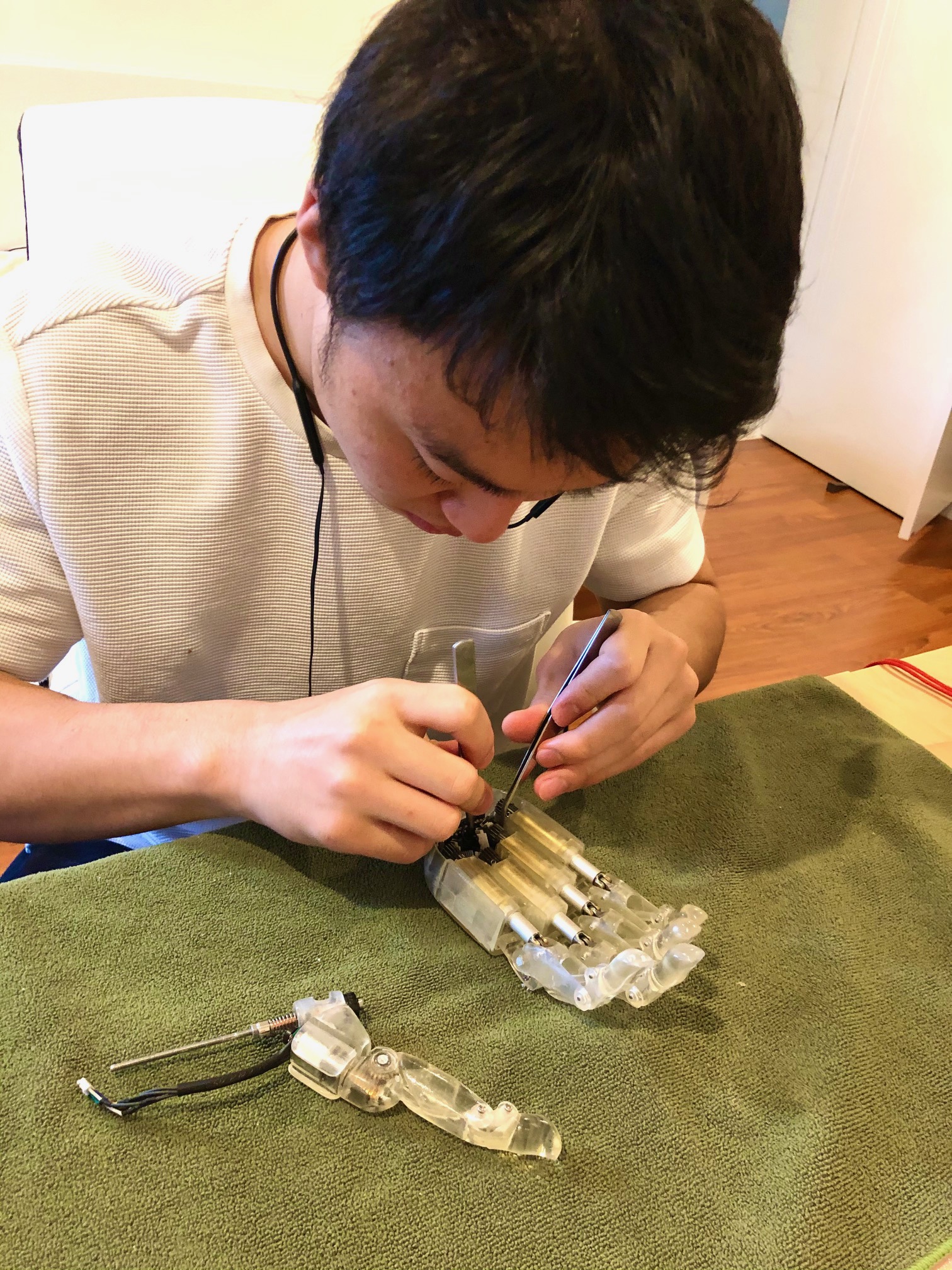
shimadahikaru1@gmail.com
DM me on Instagram too! (@opaque_hand)